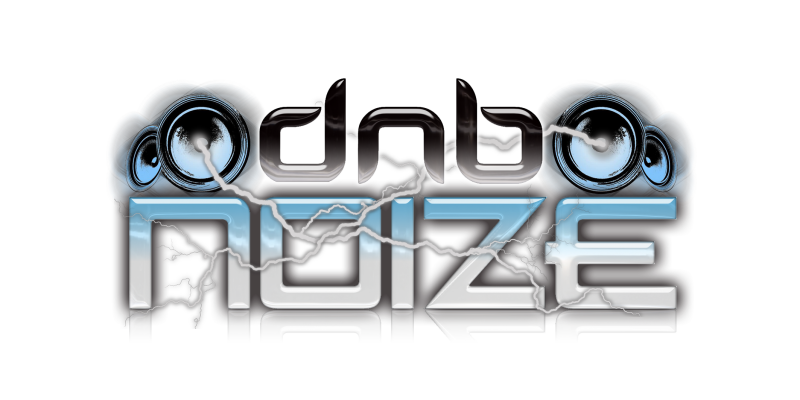
Drum and bass (D&B), born from the underground rave scenes of the early 1990s, has become a genre that not only defined electronic music culture but also continues to influence mainstream sounds.
From its roots in jungle and breakbeat hardcore, D&B has evolved into a multi-faceted, globally recognized movement.
Early Origins: Jungle and Breakbeat Hardcore
Drum and bass traces its origins back to the UK, where rave culture exploded in the late 1980s and early 1990s. Jungle, a precursor to D&B, combined fast breakbeats with reggae basslines and dub elements, and was often darker, harder, and faster than its house and techno counterparts. Pioneers like Goldie, Shy FX, and LTJ Bukem helped shape the jungle sound, with tracks like “Original Nuttah” by Shy FX becoming rave anthems.
Mainstream Breakthrough
By the mid-1990s, drum and bass had started to branch out, moving from the underground into larger clubs and radio stations. Artists like Roni Size and his group Reprazent achieved mainstream success with albums like “New Forms,” which won the Mercury Prize in 1997. Around this time, subgenres like liquid DnB and techstep emerged, each pushing the sound in different directions.
Global Impact
As drum and bass matured, it became a global phenomenon, influencing artists far beyond the UK. By the 2000s, D&B had infiltrated soundtracks, commercials, and video games. Producers like Pendulum brought a rock-infused sound, blending heavy guitars with high-energy D&B beats, which attracted a new wave of fans.
The genre’s relentless energy continues to thrive in clubs, festivals, and even the mainstream charts, proving that drum and bass will always evolve while staying true to its underground roots.


